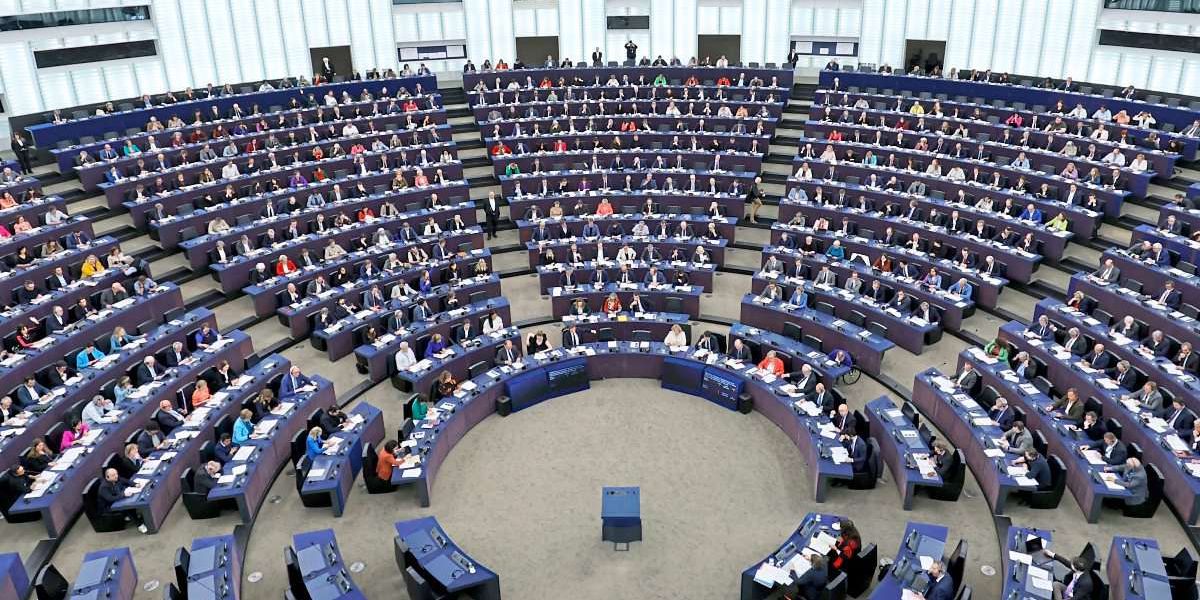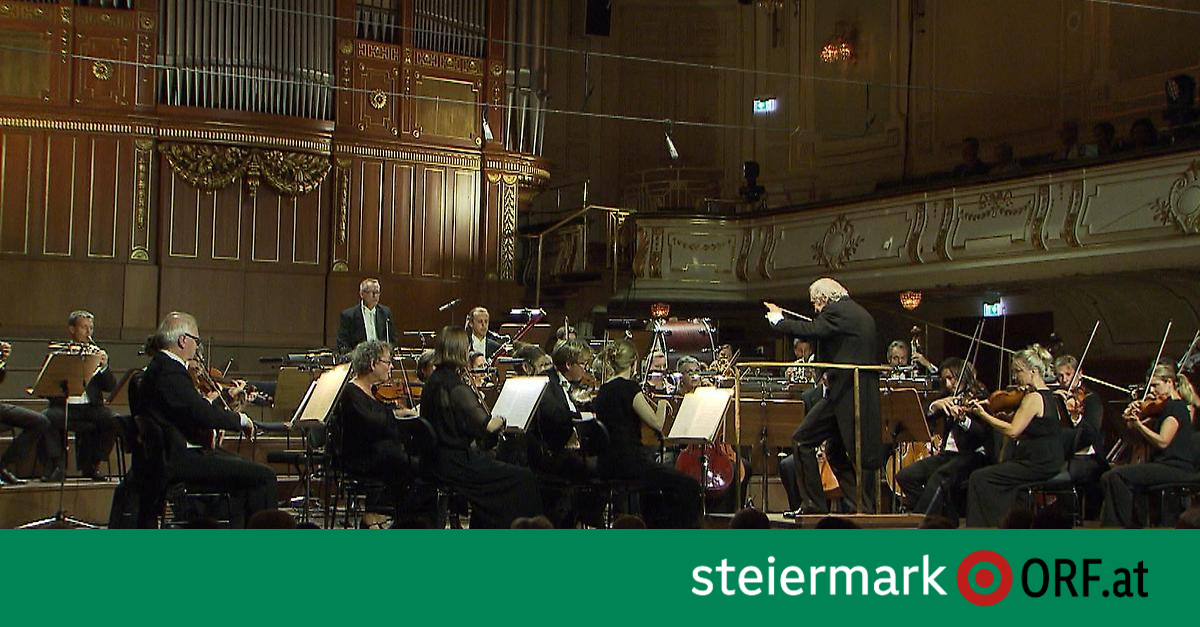BErleen (dpa) – If you ask people on the street about the ten most famous artists in the world, no one will name even one. Here’s what Arte’s documentary says: “The Art of the Missing Woman – A Forgotten Piece of Art History.”
Painters, illustrators, and sculptors have been creative over the centuries and have celebrated successes at exhibitions around the world throughout their lives. The two-part documentary by Susan Radelhoff (“Bauhaus Women”) aims to trace this disparity.
Radelhof’s programs, which are deliberately feminist, question the mechanisms of supposed systematic remembering and forgetting in art history. The reason for this lies in the “patriarchy”, that is, in male-dominated relationships. Part One on Wednesday, June 9 at 9:55 p.m. will allow art historians, curators, and representatives of leading institutions to give their opinions. But above all, famous women artists of impressionism and the early twentieth century are presented. For example Berthe Moreso, Susan Valadon, Julie Wolfthorn, Helen Funke, Natalia Goncharova and Hilma af Clint.
“Art history is a very old tool – it is as old as the museum,” says Frances Morris, director of the Tate Modern in London. It is an instrument of government that is systematically ignored by women and in which an ideology is expressed. One of the theses of the program says that women have repeatedly struggled to gain access to creative work, for example despite the ban on studying in regular academies. However, their entry into art law also failed due to the inability to create networks with exhibitions and media. Something was easier in the men’s groups.
Around 1900 the women who learned their art at the Berlin Women’s Academies were called “painters”. This also included Julie Wolfthorn, who was born in 1864 and died in 1944 in the Theresienstadt concentration camp. With the exception of some photographs in German museum repositories, her work was long considered lost and was only discovered in the early 2000s. Wolfthorn painted portraits of the upper class in Berlin and is perhaps one of Germany’s busiest artists. She became a founding member of the Berlin Secession and in 1906, together with her colleague Käthe Kollwitz, created the “Painting Artists Association”.
The life and work of Chemnitz-born Expressionist artist Helen Funk (1869-1957), who came into contact with the avant-garde “Vauves” in Paris and developed into a women’s painter, is also interesting. The Rudelhof documentary also presents the work of AWA (Advanced Women Artists). Experts at Florence’s Italian cultural mecca have been committed to plucking iconic creators from the dust of oblivion since 2006. They rediscover, scientifically research, recover treasures and present them to the public. Like the work of Elizabeth Chaplin (1890-1982), 600 of them slept in the Uffizi warehouse.
© dpa-infocom, dpa: 210607-99-897937 / 3

“Travel aficionado. Certified problem solver. Pop culture guru. Typical writer. Entrepreneur. Coffee trailblazer.”







More Stories
“Love Stories” with Graz Orchestra Entertainment
Klagenfurt City Theater is dedicated to wonder and humanity
The 1920s in Bruckner: free outdoors on Linz's main square